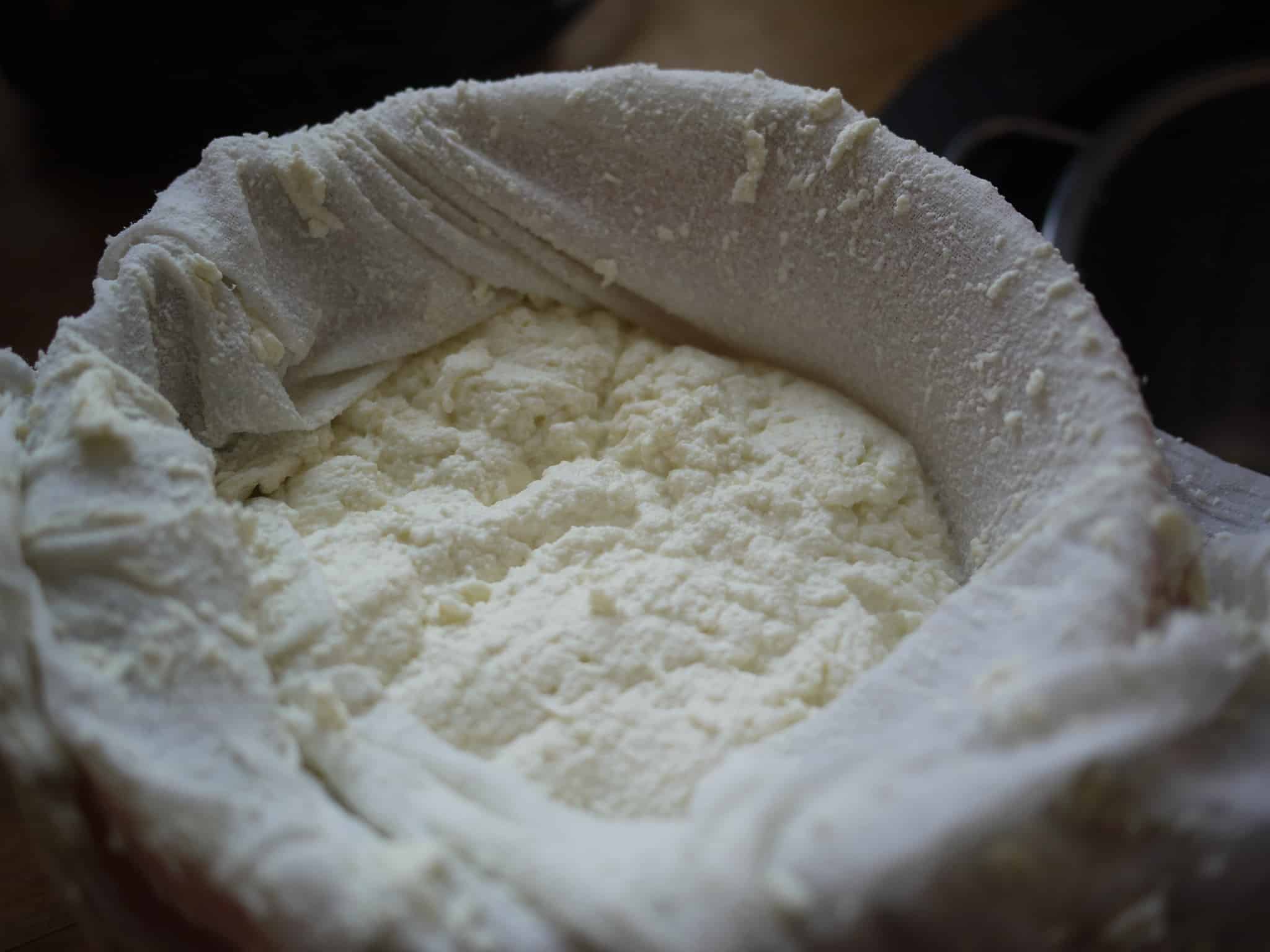
Photo: Rebecca Siegel / Flickr
Perfect in all manner of hot or cold, sweet or savoury dishes, ricotta is one of the most versatile cheeses available.
An Italian cheese, ricotta is traditionally made from whey, as a by-product of making other cheeses. The cheese is said to have been created by travellers in the Roman countryside, who cooked their food in big kettles over open fires. This particular cheese was cooked twice to extract the cheese from the buttermilk.
For its production, leftover whey is cooked again (giving ricotta its name, which translates to ‘recooked’). It’s generally made using the small amount of curd leftover from the initial process. The milk of cows, sheep, goats, or buffalo can be used to make ricotta, but cow’s milk is the most popular on a global scale. Italian regional variations do exist, however – including the likes of ricotta Romana, made with sheep’s milk, or dried ricotta salata.
Although less authentic than the original means of production, an easy ricotta recipe can be followed at home, using just a few simple ingredients, following a similar process. Instead of cooking whey, this recipe calls for whole milk. Skimmed milk can work too, but whole, full-fat milk gives the cheese an unrivalled richness. The milk is gently heated to 93 degrees-celsius before being mixed with either lemon juice, distilled white vinegar, or citric acid mixed with water if you’re looking for a result that’s more authentic. Lemon juice and vinegar work fine, however. This acid coagulates the milk and helps to separate the curds and whey. The leftover whey can be used in other recipes, or even for making ricotta the old-fashioned way, while the curds are strained and used here.
Once poured into a fine mesh sieve, the ricotta can be drained for anywhere from 30 minutes to overnight, to take on a much firmer texture. A little double cream can be added at this point, but it’s not absolutely necessary. The beauty in making your own cheese is that element of control when it comes to consistency. Your homemade ricotta will now be ready to eat or to be used in countless recipes; from pasta dishes to gnudi, to plenty of desserts. It’s also delicious spread on toast with a little honey, thyme, and black pepper.
It’s also worth noting that as ricotta is a soft cheese, it’s far more perishable than aged hard cheeses. In that instance, I’d suggest only making as much as you’ll be able to use in a short period of time. Stored in the fridge, in an air-tight container, this homemade ricotta will last for two-to-three days.
RELATED: How To Make: Butter